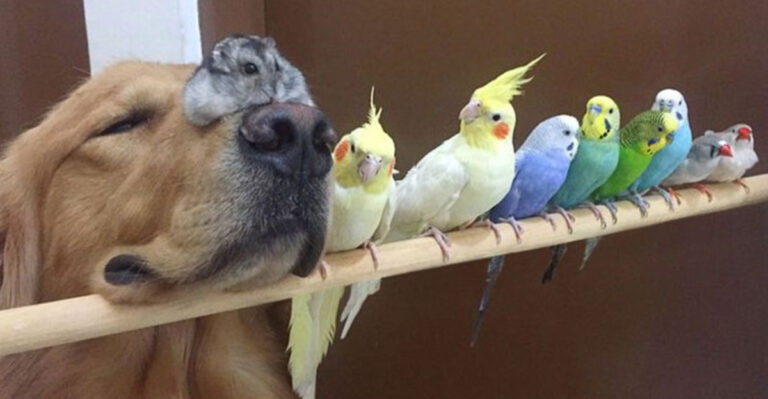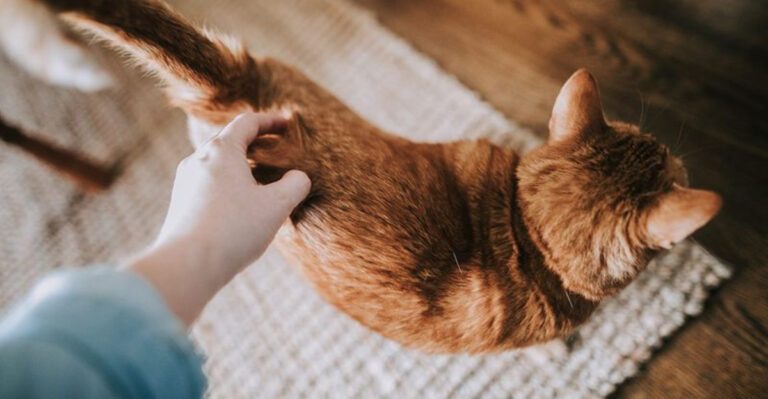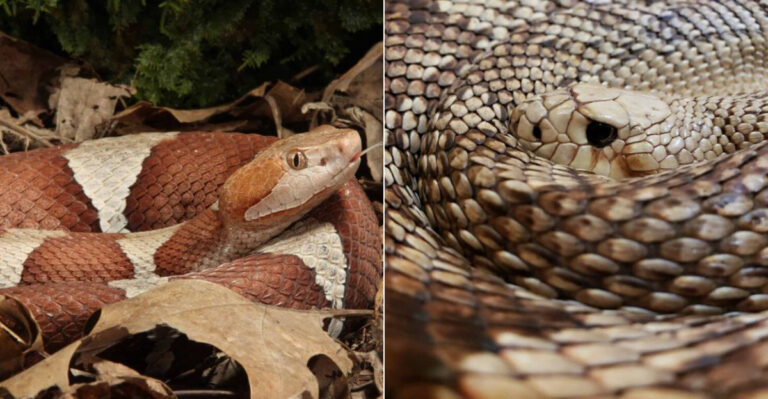Things You Need To Know About Bird Flu In Cats (And What It Means For Humans)
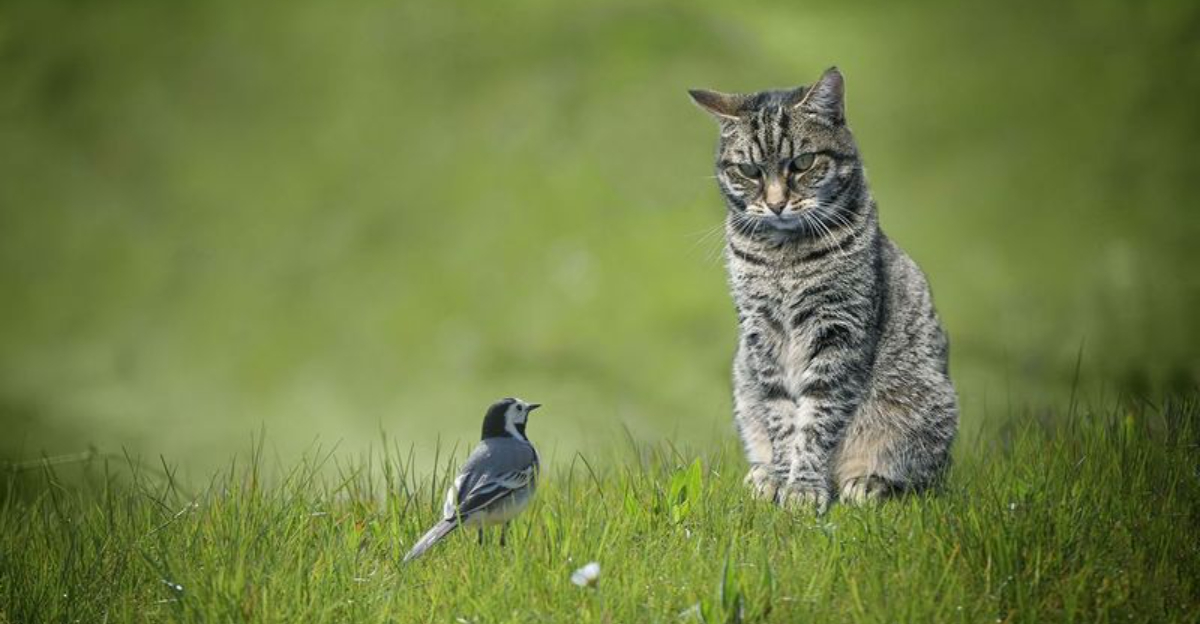
Bird flu has made a surprising jump to our feline friends, causing concern among pet owners worldwide. This highly contagious virus, typically associated with wild birds and poultry, has been detected in domestic and feral cats in several countries.
Understanding how this virus affects cats and what it means for humans is crucial for protecting both our pets and ourselves.
1. Sneaky Symptoms To Watch For
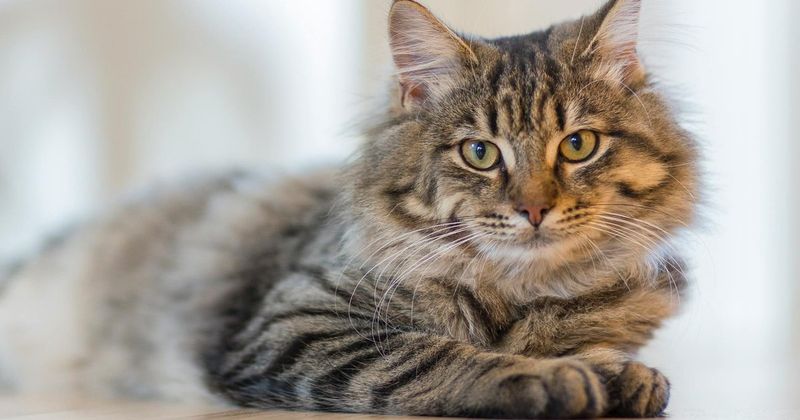
Cats infected with bird flu often show respiratory issues like coughing, sneezing, and labored breathing. They might seem unusually tired or refuse their favorite treats.
Watch for fever, runny eyes and nose, or sudden behavior changes. Some cats become lethargic almost overnight, while others develop neurological symptoms like poor coordination.
2. How Cats Actually Catch Bird Flu

Contrary to what you might think, most cats don’t get bird flu directly from flying birds. They typically contract it by hunting or eating infected birds, or through contact with contaminated environments.
Indoor cats face much lower risk unless exposed to raw poultry. The virus spreads through saliva, nasal secretions, and feces of infected animals.
3. Breeds With Higher Risk Factors

While any cat can catch bird flu, outdoor hunters face the greatest danger. Farm cats who regularly encounter wild birds and poultry are particularly vulnerable.
Breeds with flat faces like Persians sometimes experience more severe respiratory symptoms due to their already compromised airways. Age matters too – kittens and senior cats with weaker immune systems often struggle more.
4. Survival Rates Tell A Surprising Story
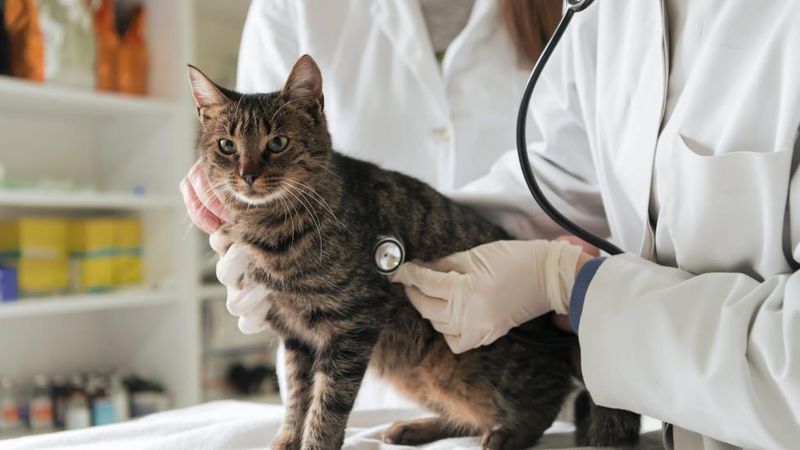
The mortality rate for cats with bird flu varies dramatically depending on the viral strain. H5N1, currently circulating, has shown mortality rates between 50-70% in affected cats.
Quick veterinary intervention improves outcomes significantly. Cats who receive supportive care within 24 hours of showing symptoms have much better chances of recovery than those left untreated.
5. Prevention Tactics That Actually Work
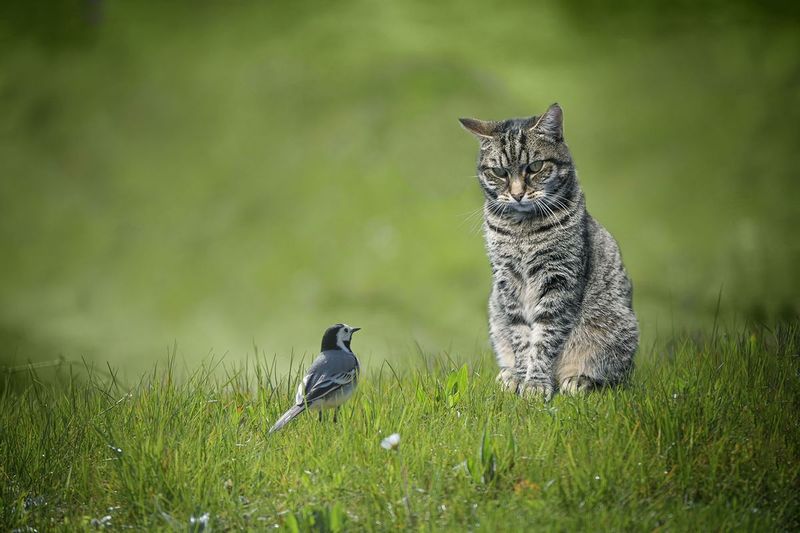
Keeping cats indoors provides the strongest protection against bird flu. If your feline friend enjoys outdoor time, avoid areas with wild bird populations, especially near water bodies.
Never feed raw poultry to cats, and wash hands thoroughly after handling bird products. Consider a screened “catio” as a safe compromise for outdoor-loving cats who need fresh air.
6. The Strange History Of Feline Bird Flu
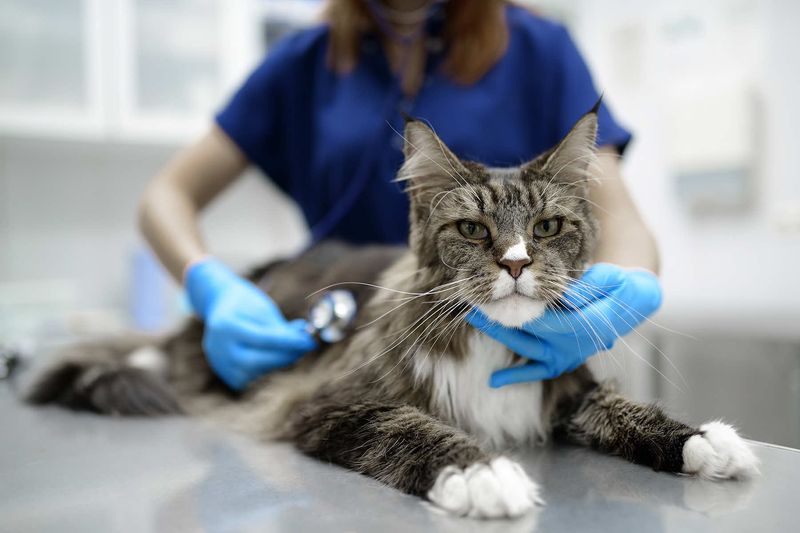
The first documented case of bird flu in cats shocked veterinarians in Thailand back in 2004. A domestic cat contracted H5N1 after eating an infected chicken.
Since then, sporadic outbreaks have occurred worldwide. The 2023 outbreak among Polish cats marked a concerning turning point, affecting hundreds of felines and raising new questions about mutations allowing easier spread between mammals.
7. Diagnosing The Tricky Virus
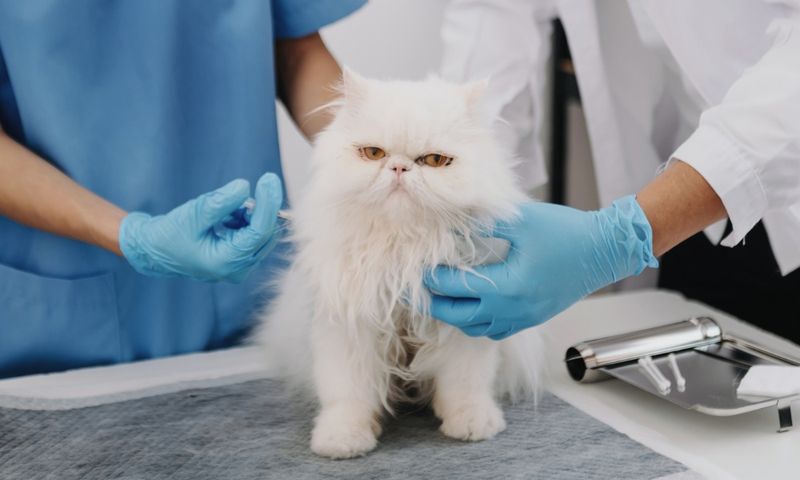
Veterinarians diagnose bird flu through PCR testing of throat or nasal swabs. These samples detect viral genetic material, confirming infection.
Blood tests can identify antibodies but aren’t as helpful for immediate diagnosis. Many symptoms mimic other respiratory infections, making laboratory confirmation crucial before panic sets in.
Vets often isolate suspected cases while awaiting results.
8. Treatment Options When The Worst Happens
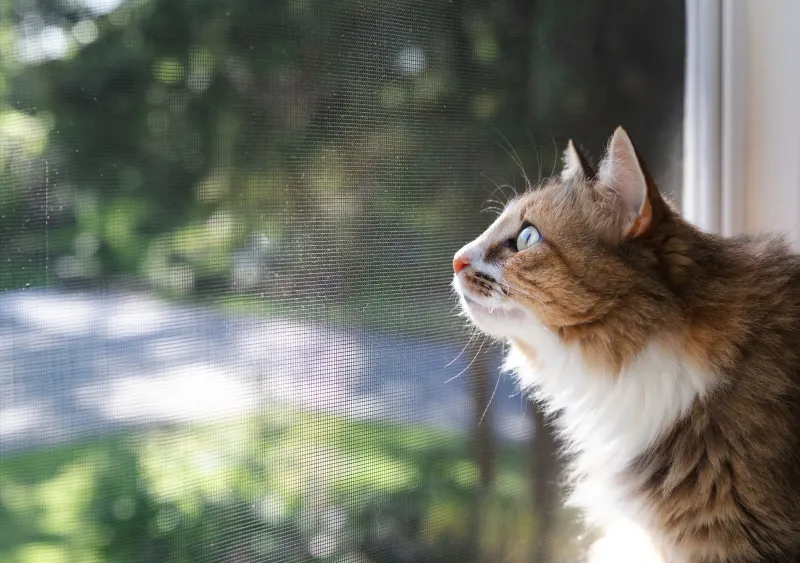
No specific antiviral medications are approved for cats with bird flu. Treatment focuses on supportive care – IV fluids combat dehydration while oxygen therapy helps struggling breathers.
Antibiotics may be prescribed for secondary bacterial infections that often complicate recovery. Severely affected cats require hospitalization in isolation units. The recovery period typically spans 2-3 weeks for survivors.
9. Multi-Cat Households Face Special Challenges

Bird flu spreads rapidly between cats sharing living spaces. One infected cat can quickly lead to a household outbreak through shared food bowls, litter boxes, and grooming behaviors.
If one cat shows symptoms, isolate them immediately in a separate room with dedicated supplies. Monitor all cats closely for signs of illness and consider temporary separation if possible.
10. The Vaccine Question: Should Your Cat Get One?
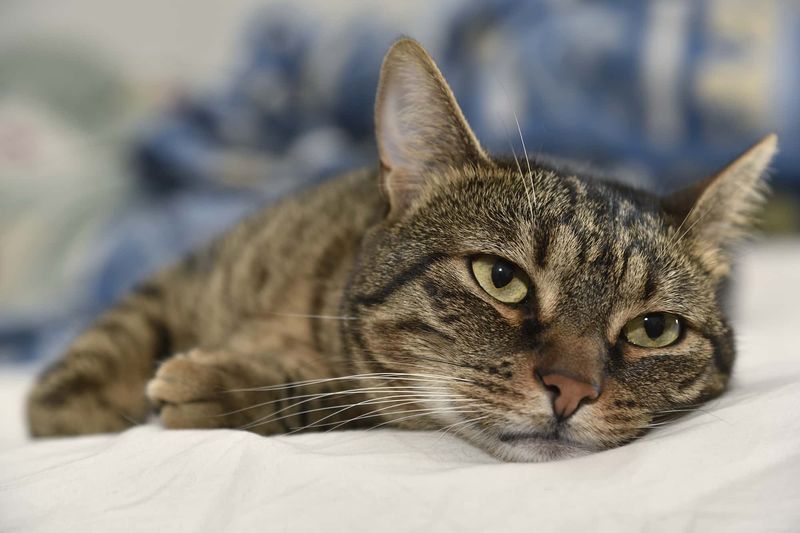
Currently, no commercial vaccine exists specifically for bird flu in cats. Researchers are working on developing options, but nothing is available for veterinary use yet.
Regular vaccination against common feline respiratory diseases remains important for overall health. Strong immunity to other infections helps cats better withstand additional challenges like bird flu.
11. Can Humans Catch Bird Flu From Infected Cats?
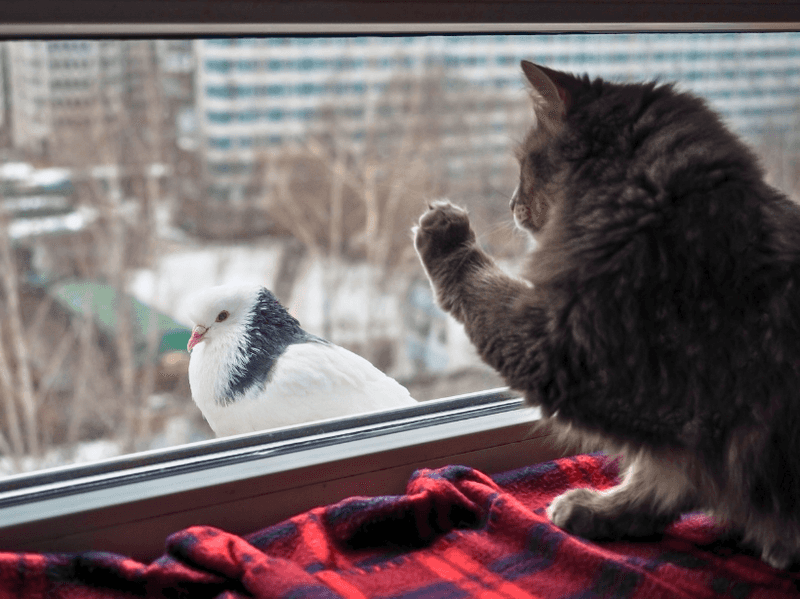
While theoretically possible, documented cases of cat-to-human transmission remain extremely rare. The primary risk comes from direct contact with respiratory secretions from infected cats.
Immunocompromised people, pregnant women, and young children should exercise extra caution around sick cats. Basic hygiene – regular handwashing and avoiding face contact—provides effective protection for most people.
12. The Global Health Watchdogs’ Current Stance

The World Health Organization classifies the current risk to humans from cat-associated bird flu as low but concerning. They’re closely monitoring for viral mutations that could increase transmissibility between mammals.
Health agencies recommend routine precautions rather than panic. The CDC and OIE (World Organisation for Animal Health) have established surveillance systems tracking cases across species.
13. Pandemic Potential: Realistic Risk Assessment
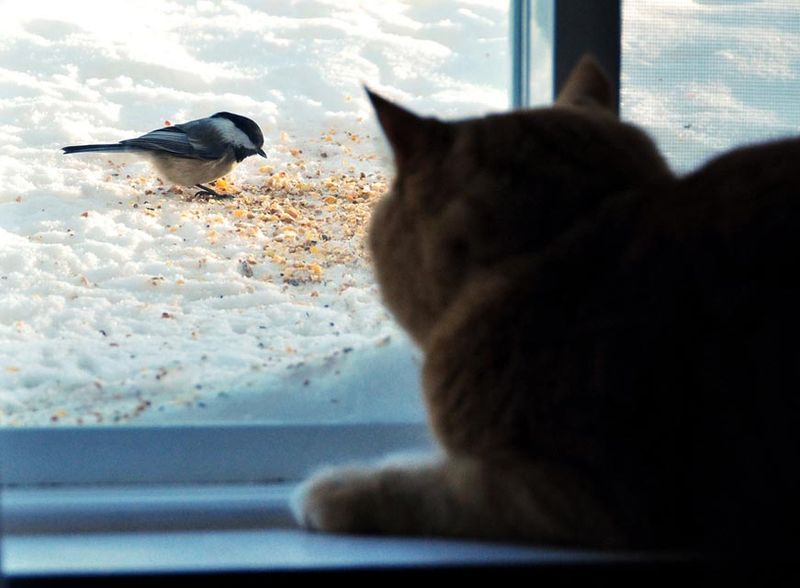
Scientists worry about bird flu because viruses jumping between species can mutate into forms more easily transmitted between humans. Cats serve as potential “mixing vessels” where bird and human influenza viruses could combine.
Despite these concerns, most experts believe the current risk remains moderate. Vigilant monitoring helps catch concerning changes before widespread transmission occurs.
14. Protecting Both Your Family And Feline

Creating a household plan balances protection for both humans and cats. Keep cats indoors and away from wild birds or raw poultry. Practice good hygiene after handling pets, especially if they seem unwell.
Store bird feeders away from areas cats can access. If someone in your home has a compromised immune system, be extra vigilant about monitoring your cat’s health.

